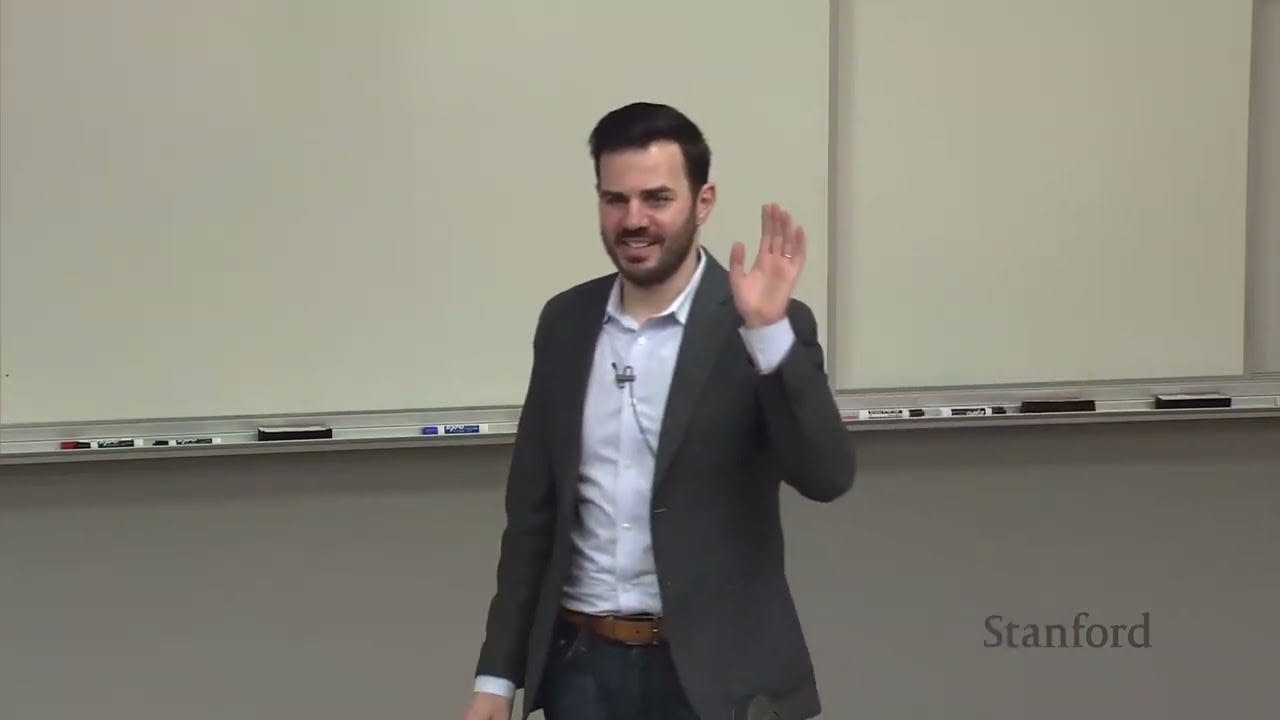Stanford Seminar - Reducing misinformation sharing at scale using digital accuracy prompt ads
12 Feb 2024 (almost 2 years ago)

Misinformation and its impact
- Misinformation, especially false claims presented as legitimate news, has gained significant attention in recent years, leading to concerns and pressure on tech companies to address its spread.
- Misinformation is relatively rare, with around 5% of people sharing it, mostly concentrated among older Republicans.
- Exposure to misinformation may be significantly larger than the number of shares suggests, as most users are lurkers and sharing is concentrated among a small fraction of users.
- Misinformation research has primarily focused on political ads and elections, neglecting other forms such as health misinformation, fraud, and commercial fraud.
Current approaches to combating misinformation
- Current approaches to combating misinformation involve identifying false or misleading claims using fact-checkers and machine learning classifiers, and then demoting or labeling them.
- While demotion and warning labels have been shown to be effective in reducing belief and sharing of false claims, they face challenges in terms of coverage and speed, as there is a vast amount of online content and fact-checking can be slow.
Accuracy prompts as a content-neutral intervention
- To complement content-specific interventions, content-neutral interventions that do not require knowledge of specific content can be explored.
- One such approach focuses on the distracting nature of social media environments and the limited attentional resources directed at accuracy when scrolling through newsfeeds.
- By simply getting people to consider the concept of accuracy, shifting their attention to it, they become more discerning in their sharing and less likely to share false claims, especially those that they would realize are not true upon reflection.
- Accuracy prompts can effectively reduce misinformation sharing in real field experiments at scale on platforms.
- The effects of accuracy prompts are content-neutral and do not require prior knowledge of bad content.
- Accuracy prompts should be targeted to users who are likely to share misinformation to avoid wasting resources.
- Sustained redirection of attention is necessary to maintain the effectiveness of accuracy prompts, as people do not habituate to them quickly.
- Alternative delivery methods beyond ads could potentially generate larger effects.
Factors influencing the effectiveness of accuracy prompts
- Accuracy prompts are more effective for headlines aligned with users' political views.
- The identity of the person sharing the content (e.g., a friend or a political leader) can influence sharing decisions.
- Interventions at the time of sharing, such as prompts to consider accuracy, can be effective but may suffer from banner blindness over time.
- The effectiveness of accuracy prompts under different psychological conditions, such as emotional arousal, needs to be studied.
Combining accuracy prompts with education for improved accuracy judgments
- There is a need for a synergistic approach that combines attentional prompts with education to improve accuracy judgments and sharing discernment.
- Digital literacy is predictive of accuracy judgments but not sharing discernment.
Expanding research to include a wider range of misinformation topics
- The researchers are expanding their research to include a wider range of misinformation topics, as findings from the study may generalize to other types of content due to fundamental aspects of how people think about sharing.